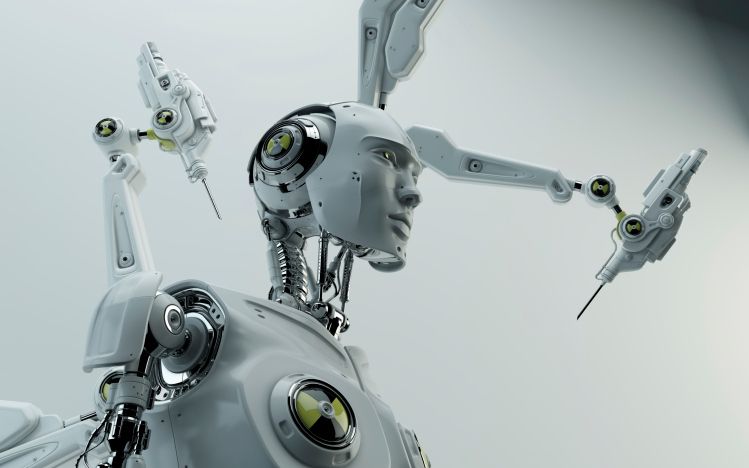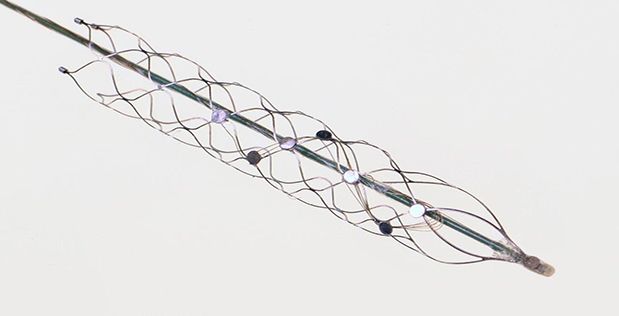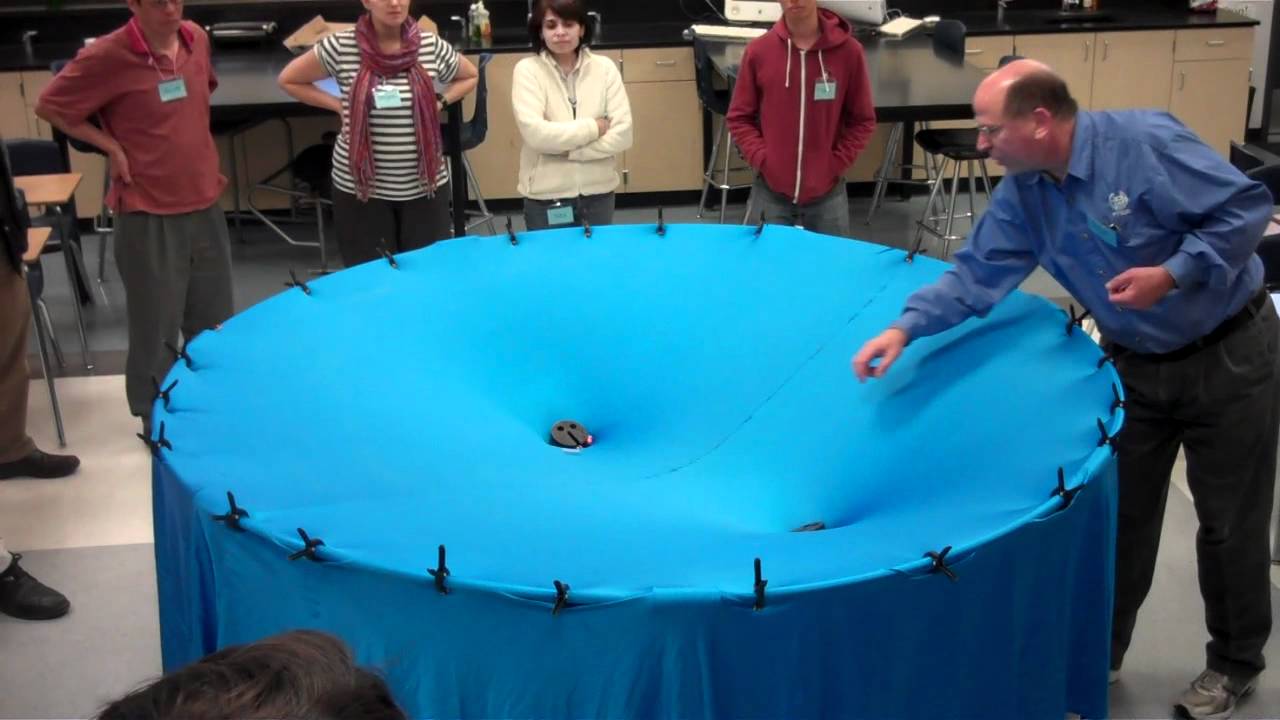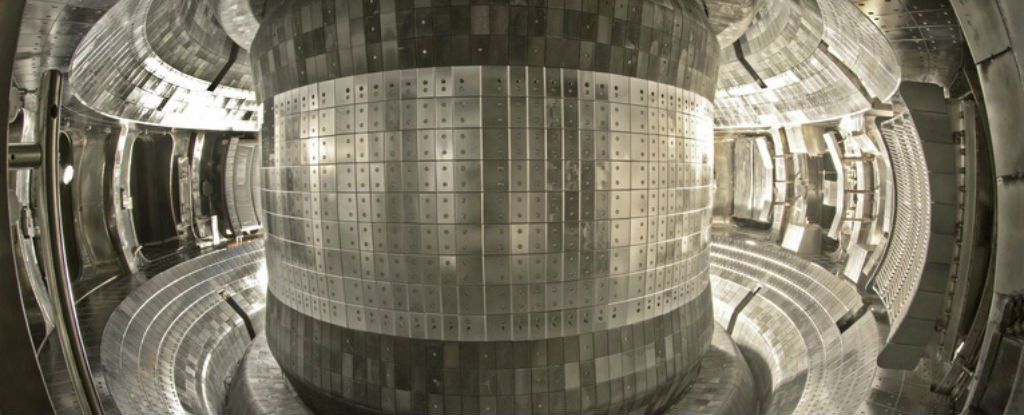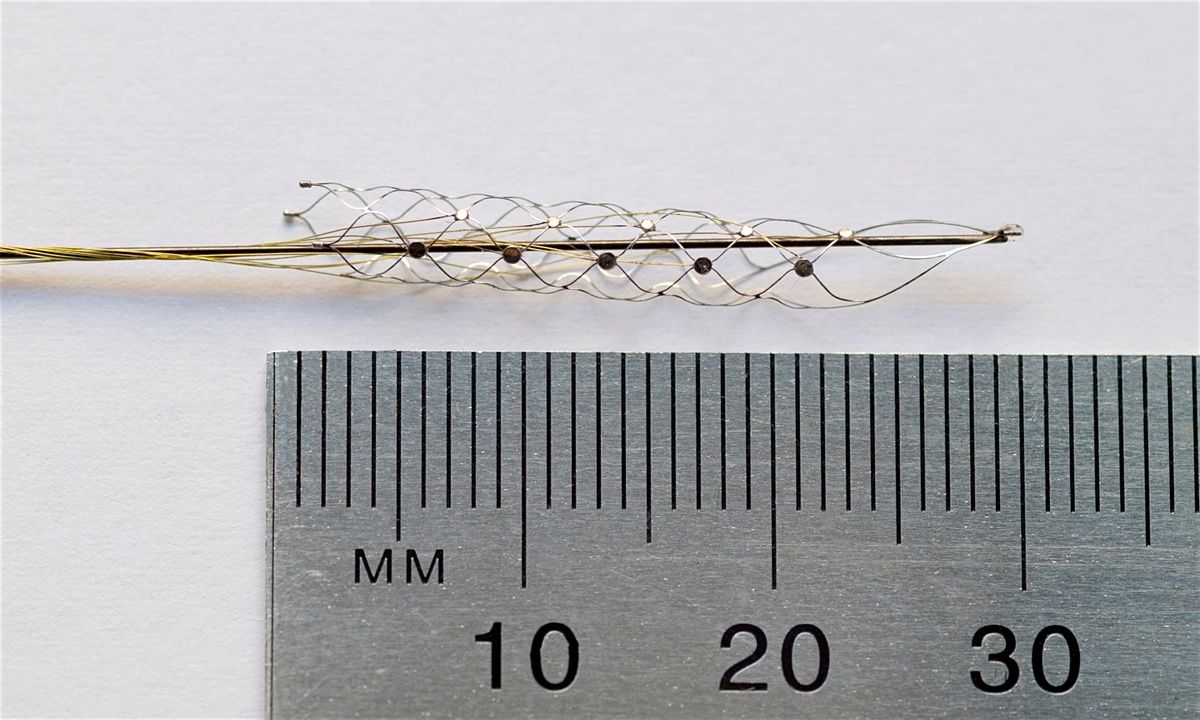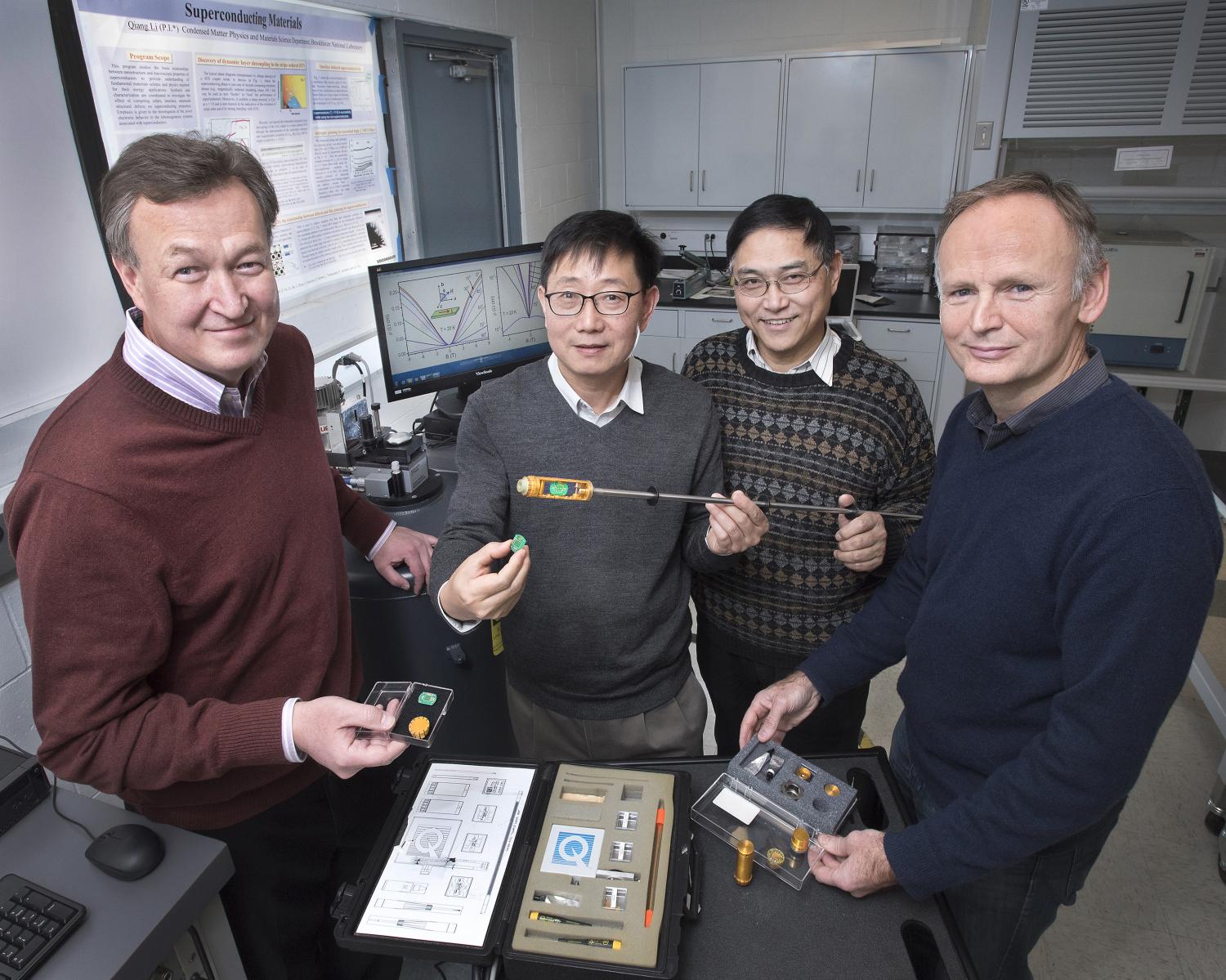Feb 8, 2016
Engineers, Entrepreneurs Hoping To Re-Engineer Humans For Skill, Strength
Posted by Zoltan Istvan in categories: biotech/medical, cyborgs, transhumanism
Cool new story and video on transhumanism:
SANTA CLARA (CBS SF) –During Super Bowl 50, the world saw the Denver Broncos throttle the Carolina Panthers. The game’s MVP Von Miller dominated Cam Newton in a display of super human strength and skill.
You may not know it, but a growing number of engineers, biohackers and entrepreneurs hopes one day we’ll all be super human as well.
Continue reading “Engineers, Entrepreneurs Hoping To Re-Engineer Humans For Skill, Strength” »
